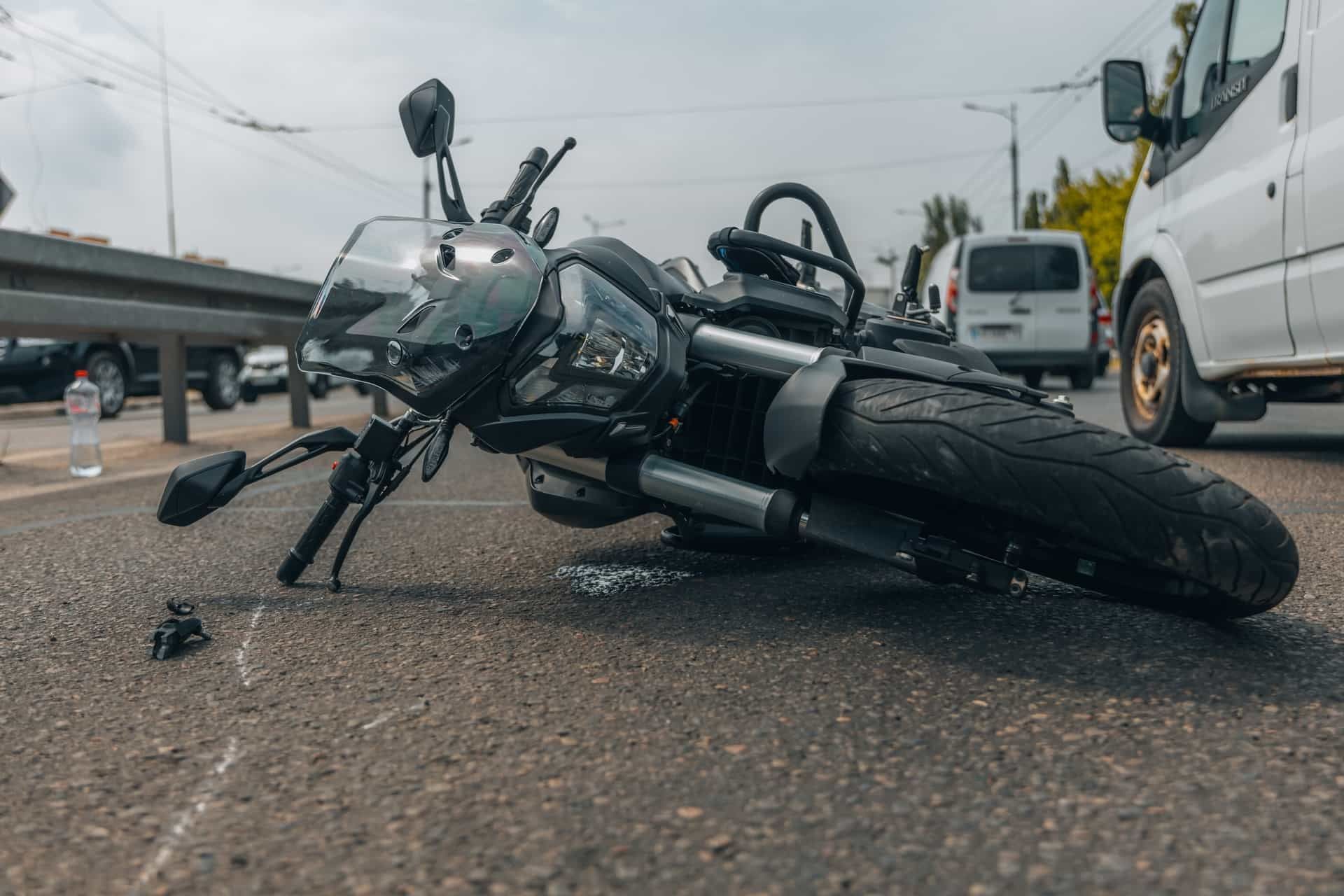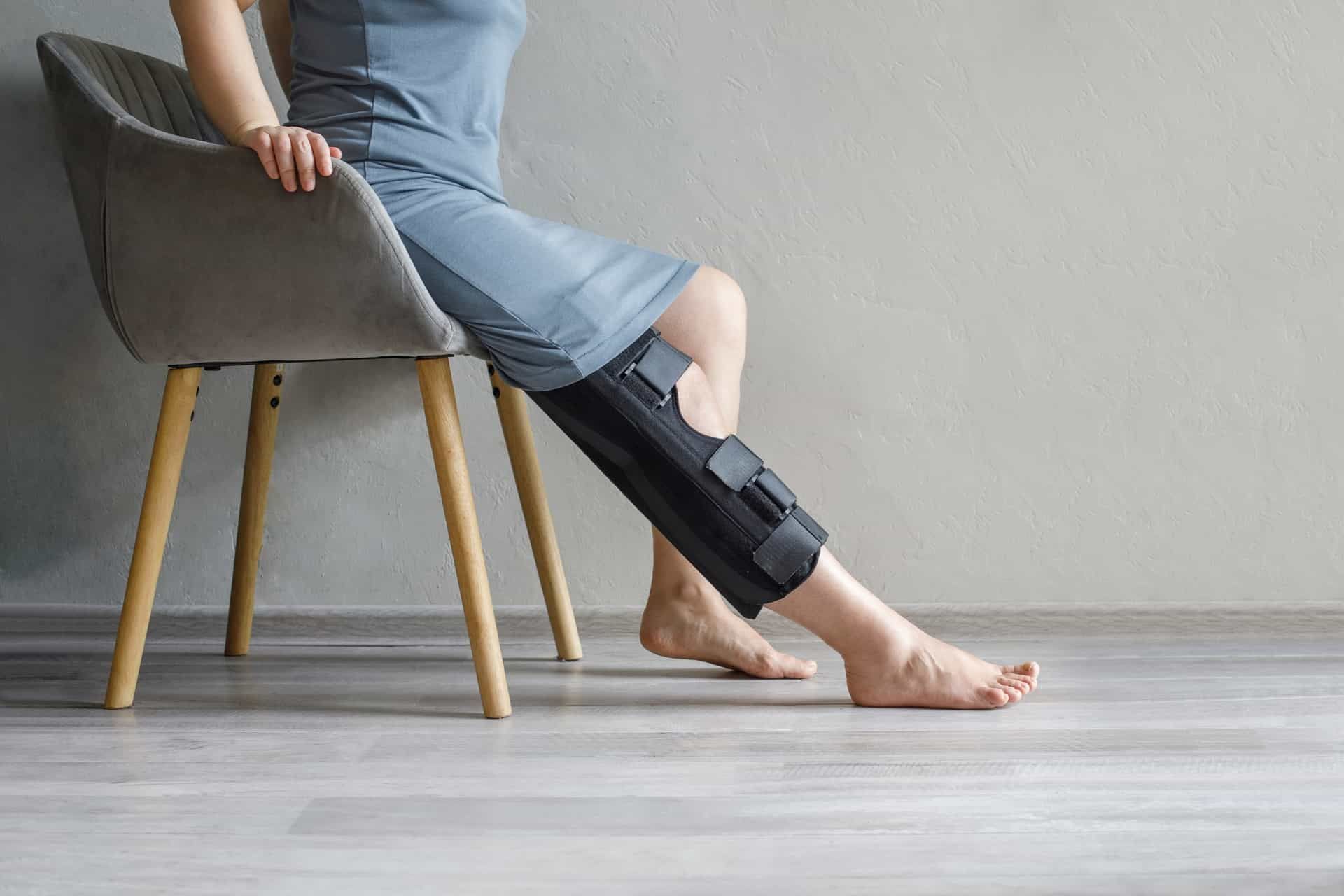Common Motorcycle Crashes and How to Avoid Them

Motorcycles offer a thrilling way to travel but also have unique risks. Unlike cars, motorcycles lack the protective barriers of an enclosed vehicle, making riders more vulnerable to crashes. Knowing the most common motorcycle accidents and how to avoid them is essential for staying safe.
1. Left-Turn Collisions
One of the most common motorcycle crashes happens when a car makes a left turn in front of an oncoming motorcycle. Drivers may misjudge the motorcycle’s speed or fail to see it altogether. A
Vocational Expert for Motor Vehicle Accidents can be crucial in these cases, especially when assessing the long-term impact of such accidents on the injured motorcyclist’s ability to work, their potential for rehabilitation, and the necessary accommodations in a vocational setting.
How to Avoid It:
- Stay visible by wearing bright or reflective gear.
- Position yourself in the lane where you're most likely to be seen.
- Slow down at intersections and prepare for sudden moves by other vehicles.
- Use your horn or flash your lights if a car seems ready to turn in front of you.
2. Lane-Change Accidents
Motorcycles are smaller than cars, making them harder to spot in a driver’s blind spot. When a car changes lanes without noticing a motorcycle, it can lead to a crash.
How to Avoid It:
- Avoid lingering in a car’s blind spot.
- Use your horn or rev your engine to alert drivers to your presence.
- Look for signals that a car might change lanes, such as a turn signal or the driver glancing at their mirrors.
3. Rear-End Collisions
Getting hit from behind is dangerous for motorcyclists. A slight bump that might only dent a car can cause a motorcycle to lose control or crash.
How to Avoid It:
- Keep a safe distance from the vehicle in front of you to avoid sudden braking.
- Flash your brake light several times to alert drivers when you're slowing down.
- Stay aware of the traffic behind you and prepare to move if a car approaches too quickly.
4. Cornering Crashes
Turning corners too quickly can cause a motorcycle to skid or slide, especially if the rider isn’t familiar with the road conditions.
How to Avoid It:
- Slow down before entering a corner.
- Look through the turn to where you want to go rather than focusing on the road directly in front of you.
- Practice cornering techniques to improve your skills and confidence.
5. Head-On Collisions
While less common, head-on collisions are often fatal for motorcyclists. These crashes typically occur when a car veers into the motorcycle’s lane.
How to Avoid It:
- Stay alert and avoid riding in areas where vehicles might cross into your lane, such as two-lane roads.
- Position yourself toward the side of the lane, giving you more room to react.
- Reduce speed in areas with poor visibility, like hills or curves.
6. High-Side Crashes
A high-side crash happens when a motorcycle’s rear wheel loses traction and then suddenly regains it, flipping the bike and throwing the rider off.
How to Avoid It:
- Avoid sudden braking or accelerating, especially on wet or slippery roads.
- Use smooth inputs for braking, throttle, and steering.
- Regularly check and maintain your tires to ensure proper grip.
7. Low-Side Crashes
Low-side crashes occur when a motorcycle loses traction, causing the bike to slide out from under the rider. These are often caused by sharp turns, wet roads, or gravel.
How to Avoid It:
- Avoid leaning too far in turns.
- Look out for hazards like gravel, oil spills, or wet patches.
- Maintain a safe speed, especially in unfamiliar areas.
8. Doored by Parked Cars
Motorcyclists riding close to parked cars risk being hit by an opening car door. This type of crash can cause severe injuries.
How to Avoid It:
- Ride at least three feet away from parked cars.
- Watch for signs that someone might open a door, like movement inside the car or a brake light turning off.
9. Group Riding Accidents
Riding in a group can be fun, but it also increases the chances of collisions between motorcycles if riders are not coordinated.
How to Avoid It:
- Maintain a safe distance from other riders.
- Use hand signals and follow agreed-upon riding rules.
- Ride in a staggered formation to maximize visibility and space.
10. Alcohol-Related Crashes
Riding under the influence of alcohol significantly increases the risk of a crash. Alcohol impairs judgment, reaction time, and coordination.
How to Avoid It:
- Never ride after consuming alcohol or drugs.
- Designate a sober rider if you’re out with friends.
- Take a cab or rideshare if you’ve been drinking.
11. Weather-Related Accidents
Rain, fog, and other adverse weather conditions can make roads slippery and reduce visibility, increasing the risk of accidents.
How to Avoid It:
- Check the weather forecast before heading out.
- Slow down and increase your following distance in bad weather.
- Use rain gear to stay dry and maintain focus while riding.
12. Collisions with Wildlife
Animals crossing the road can appear suddenly, leaving little time to react. Hitting a deer or even a smaller animal can cause a rider to lose control.
How to Avoid It:
- Be extra cautious in rural areas or places with wildlife warning signs.
- Use high beams at night to spot animals sooner.
- Slow down in areas where animals are likely to cross the road.
Safety Tips for All Riders
- Wear Protective Gear: Always wear a helmet, gloves, and other protective clothing. Gear can reduce the severity of injuries in an accident.
- Take a Motorcycle Safety Course: Learning advanced riding techniques can improve your ability to handle unexpected situations.
- Maintain Your Bike: Regularly check your tires, brakes, and lights to ensure your motorcycle is in top condition.
- Stay Focused: Avoid distractions like using your phone or adjusting your gear while riding.
Conclusion
Motorcycle riding can be a thrilling experience, but it comes with risks. By understanding common motorcycle crashes and how to avoid them, you can stay safer on the road. Practice safe riding habits, remain alert, and always wear proper gear to reduce the chances of an accident. Furthermore,
understanding your rights as a
plaintiff in a motor vehicle accident is crucial. In the event of a crash, knowing your legal rights and the steps to take can help you secure fair compensation for medical bills, lost wages, and other damages."
If you’ve been involved in a motorcycle accident, contact
OAS today to learn how we can support you in navigating the next steps.
Disclaimer: The information on this website and blog is for general informational purposes only and is not professional advice. We make no guarantees of accuracy or completeness. We disclaim all liability for errors, omissions, or reliance on this content. Always consult a qualified professional for specific guidance.








